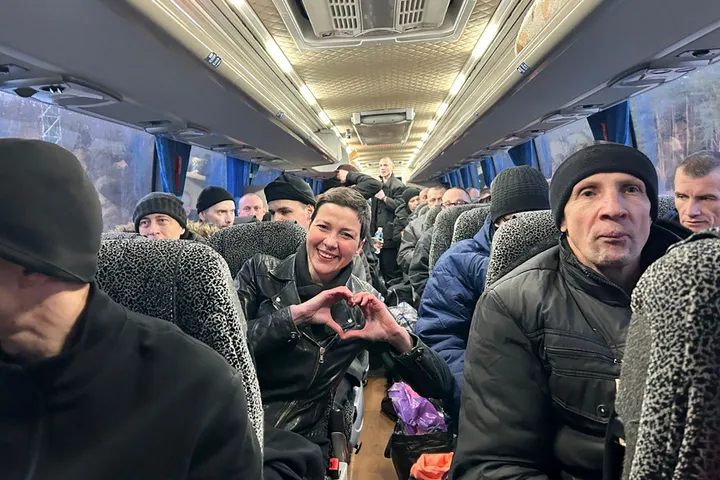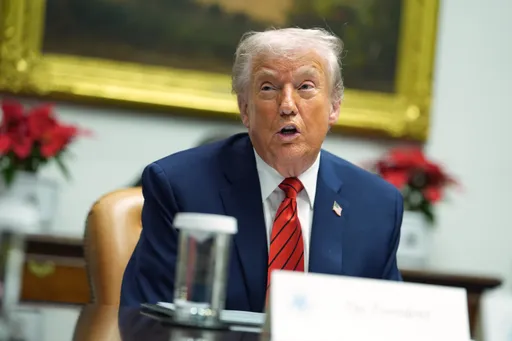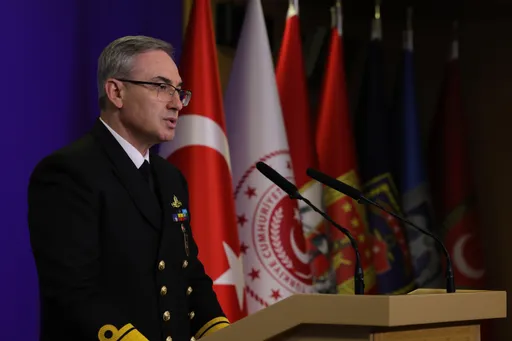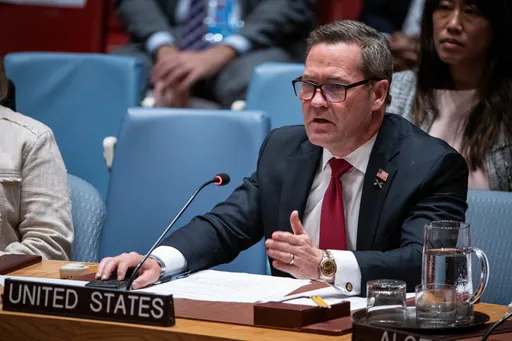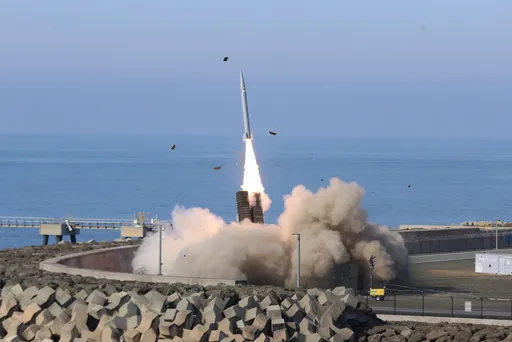Twin blasts in Kabul, a shooting in the eastern Khost province and an attack in the southern city of Kandahar left 42 people dead, including 10 journalists and 11 children.
A further 69 were injured in the attacks, in what is possibly the single worst day in the Afghanistan conflict for journalists.
Nine of the journalists were among the 25 killed in the Kabul blasts, which Reporters Without Borders (RSF) say was the deadliest attack to have targeted the media in Afghanistan since the fall of the Taliban in 2001.
They spurred an outpouring of grief among journalists, many of whom took to Twitter to post tributes to colleagues and friends.
Kabul police spokesman Hashmat Stanikzai said the second explosion came minutes after the first and targeted reporters at the scene.
TRT World 's Nafisa Latic has more.
"The bomber disguised himself as a journalist and detonated himself among the crowd," he said.
The interior ministry confirmed the death toll and said 49 people had been wounded. There were fears the death toll could rise.
Daesh claimed the Kabul bombings in a statement posted online, saying it targeted the Afghan intelligence headquarters.
Targeting journalists
The statement did not say anything about specifically targeting journalists. The blasts took place in the central Shash Darak area, home to NATO headquarters and a number of embassies and foreign offices — as well as the Afghan intelligence service.
"When the explosion happened, everywhere was covered with dust and fire, it was such a horrific scene," said Jawed Ghulam Sakhi, a 28-year-old taxi driver. "I saw journalists covered with blood."
Masouda, a young woman who was with her husband when he was wounded in the attack, lashed out at the authorities.
"I don't know who is responsible for all these attacks. Every day we lose our loved ones, and no one in this government is taking responsibility for the killing of these innocent people," she said. Like many Afghans, she has one name.
Kandahar
In a separate attack in the the southern city of Kandahar, where NATO-led forces operate out of a big air base, 11 children were killed and 16 wounded when a suicide bomber drove his explosive-laden van into a foreign-force convoy, police said.
The 11 children, who were killed, were studying in a nearby madrassa, or religious school, said Matiullah Zhman, a spokesman for Kandahar police. In addition, eight members of the NATO-led Resolute Support coalition were wounded, the force said.
It was not immediately known who was responsible for the Kandahar attack.
In a separate attack in the eastern Khost province, a 29-year-old reporter for the BBC's Afghan service was shot dead by unknown gunmen.
Ahmad Shah, who worked for the BBC's Pashto language service as well as for Reuters, was killed in the Gulzar area on the outskirts of Khost, according to Talib Mangal, spokesman for Khost's provincial governor.
Reporters named
Reporters Without Borders said 36 media workers have been killed in Afghanistan in attacks by Daesh or the Taliban since 2016. The Paris-based group named the nine journalists killed, who worked for media organisations from multiple countries and said another six reporters were wounded.
According to the organisation, those journalists who were killed in the Kabul attack were Tolo News cameraman Yar Mohammad Tokhi, three Radio Azadai (Radio Free Europe) journalists (Ebadollah Hananzi, Sabvon Kakeker and Maharam Darani), two TV1 cameramen (Ghazi Rasoliand Norozali Rajabi, aka Khamoush), AFP photographer Shah Marai Fezi, Mashal TV reporter Salim Talash and Mashal TV cameraman Ali Salimi.
The journalists who were badly injured included Naser Hashemi of Al Jazeera, Omar Soltani of Reuters, Ahmadshah Azimi of Nedai Aghah, Ayar Amar of the weekly Vahdat Mili and Davod Ghisanai of the privately-owned TV channel Mivand.
Afghan President Ashraf Ghani condemned the attacks, as did the US Embassy in Kabul.
"We extend our deepest condolences to the families, friends, and colleagues of all the victims, including a number of brave journalists among the dead and injured," the embassy said. "Where media are in danger, all other human rights are under greater threat."
In other violence on Monday, insurgents killed at least four Afghan policemen in an ambush in the northern Balkh province, said Sher Mohammad Abu-Tariq, the district chief in Nahri Shahi. In the eastern Nangarhar province, an explosion killed an Afghan police officer and wounded four other people, said Attuhullah Khogyani, spokesman for the provincial governor.
Under pressure
President Ashraf Ghani's government is under pressure on multiple fronts this year as it prepares to hold long-delayed legislative elections in October, while its security forces struggle to get the upper hand on the battlefield and prevent civilian casualties.
Officials have acknowledged that security is a major concern because the Taliban and other militant groups control or contest large swathes of the country.
Some Western and Afghan officials expect 2018 to be a particularly bloody year.
General John Nicholson, the top US and NATO commander in Afghanistan, told Tolo TV last month that he expected the Taliban to carry out more suicide attacks this fighting season.

